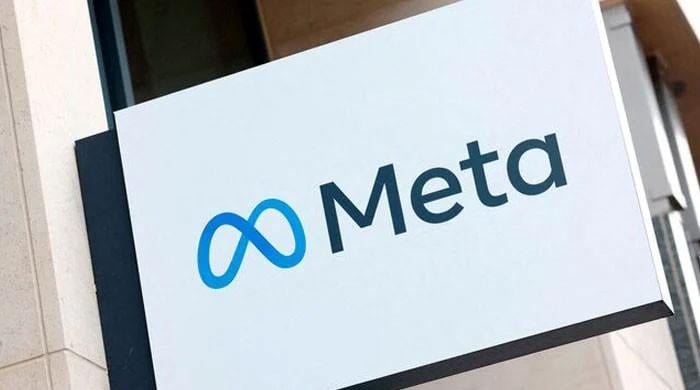When can skywatchers catch glimpse of August's full moon this year?
There's only one full moon expected in August 2024 so how does it qualify to be called "Blue Moon"?
August 03, 2024

Every month brings along a full moon — sometimes two — for skywatchers to fiest their eyes on the celestial phenomenon that turns the night sky alight.
But, when there are two full moons expected in a single calendar month, the second one is called a "Blue Moon". As much as Earthlings would love it, the name does not have any link to the colour of the moon.
This year, August's full moon is expected to rise on the 19th of the month and it is being called the "Blue Moon" by experts, sparking confusion around its name.
People have been questioning why it is being called a "Blue Moon" if it is the first and the only full moon to grace August's night sky this year.
It is a "Blue" moon but only because of one rule. In fact, the current "two full moons in one month" rule has superseded the rule that would allows to call this month's full moon 'blue', Space reported.
According to Space, Lawrence J Lafleur, in a question-and-answer column from July 1943 issue of "Sky & Telescope" magazine, made a reference to the term "Blue Moon" from a copy of the 1937 edition of the now-defunct Maine Farmers' Almanac, not "The Farmers' Almanac".
On the almanac page for August 1937, the calendrical meaning for the term "Blue Moon" explained that occasionally "... one of the four seasons would contain four full moons instead of the usual three."
"There are seven Blue Moons in a Lunar Cycle of nineteen years," continued the Almanac, ending on the comment that, "In olden times the almanac makers had much difficulty calculating the occurrence of the Blue Moon and this uncertainty gave rise to the expression 'Once in a Blue Moon.'"









